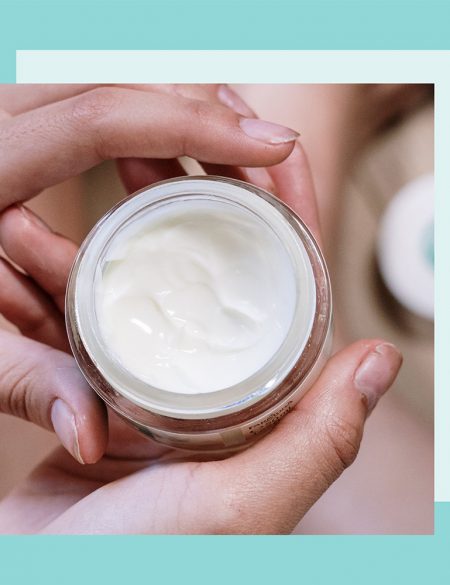Today we’re looking into what makes azelaic acid acne products so special. Since it’s really easy to become overwhelmed when searching for a new product, Ingredient Spotlight is here to break down the basics. Here we’ll teach you how an ingredient works and leave you with product recommendations to help you with your search.
Haven’t heard of azelaic acid? You’re not alone. The ingredient only recently became available without a prescription and it’s really only known to rosacea sufferers and cosmetic researchers.
This superpower ingredient is known to greatly reduce inflammation, which is why it’s toted as a solution for rosacea prone skin. If your skin is constantly getting irritated to common acne fighters like salicylic acid and benzoyl peroxide, keep reading to find out why the next product you choose should be azelaic acid.
What is azelaic acid?
Azelaic acid is a dicarboxylic acid derived from grains like wheat and barley. It’s an amazing pimple fighting ingredient because it actually inhibits the growth of acne-causing bacteria helping to keep your skin clear and breakout free. The fact that azelaic acid actually fights acne-causing bacteria means that unlike other acids (salicylic, glycolic and alpha hydroxy acids) it works well with cystic acne to dive deep down into the pores and get rid of all of the bacteria embedded deep within.
It’s also a natural exfoliator that helps to reduce the buildup of dead skin cells, thus avoiding the annoying build up of whiteheads and blackheads (it also helps normalize sebum production!). Plus, as I mentioned earlier, azelaic acid has excellent anti-inflammatory properties which will help reduce redness, especially for those who suffer with rosacea.
If you thought that was good, this powerful ingredient also helps to lighten any hyperpigmentation (AKA those dreaded acne scars) by targeting and breaking down the pigment that creates them—all while leaving your normal melanin cells in tact.
How do you use azelaic acid?
The acid itself is most effective at 15-20% formulations, but that would be way too much to start out with for anyone’s skin, regardless if they’re sensitive or not. Similar to other acids you’ll want to ease into using it with an adjustment period. It’s best to start out by alternating nights and then eventually working up to everyday usage when you feel your skin is ready.
You can use azelaic acid day or night, but remember to load up on sunscreen the morning after using it since this acid will leave you sensitive to light. Disclaimer: Despite being perfect for all skin types—including sensitive—you may experience slight tingling or redness. Make sure to keep an eye on your skin and reduce usage when appropriate. When used correctly, azelaic acid can be a fantastic acne treatment and redness reducer.
When to use azelaic acid in your routine:
I’d suggest using it as a treatment product in your skin care routine after your toner. If you’re experiencing any stinging, try mixing the acid in with your moisturizer which will help to acclimate your skin and reduce any irritation. If you do experience any of the telltale signs of irritation, like peeling, flakiness, or redness try following your treatment up with a soothing mask like the Leaders Moisturizing Recovery Mask. Remember: Not every product will work for everyone, so if you do experience any irritation, there’s always another product that will work with your skin effectively.
For those who get past the adjustment period, you should see results after a month. This is the typical result timeframe for most products.
Product recommendations:
If your interest is piqued and now you want to try out azelaic acid, The Ordinary’s Azelaic Acid Suspension 10% is a great product to start out with since it’s affordable with a good formulation. It comes in a lightweight cream-gel formula which is perfect for the summer heat. Also, The Ordinary’s version is perfect because it has a high percentage of azelaic acid, which is hard to find since it’s new to the non-prescription market.
Another great option is the Azelique Age Refining Night Lotion, which contains a combination of azelaic and glycolic acid, along with anti-aging superstar peptides argireline and Matrixyl to combat fine lines and wrinkles.
Bottom line:
If you’re having trouble finding the perfect acne-fighting ingredient then it’s worth it to give azelaic acid a try. Remember to ease into using this ingredient and in no time you should be seeing smoother and clearer skin!







